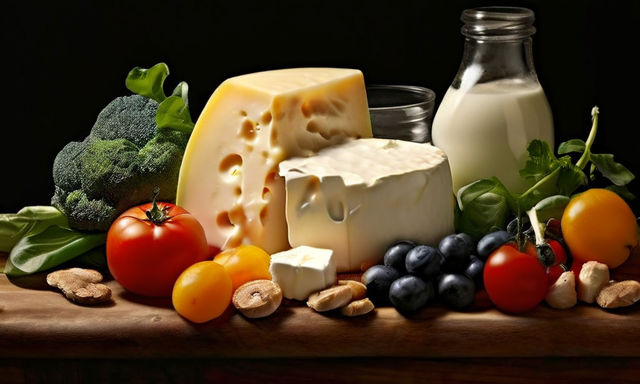What 100 Calories Looks Like Video
Understanding caloric intake is fundamental to managing diet, whether you aim to lose, gain, or maintain weight. However, not all calories are created equal, especially when it comes to nutritional value and volume. This article provides a visual and nutritional comparison of what 100 calories look like across different foods, from dairy products and snacks to vegetables and sweets. This guide will help you make more informed choices about what you eat based on volume, nutrition, and satiety.
1. Greek Yogurt: 170g
- Visual Description: Approximately three-quarters of a standard cup.
- Nutritional Value: Greek yogurt is high in protein and calcium, making it an excellent choice for bone health and muscle maintenance. It also contains probiotics, which are beneficial for digestive health.
- Satiety Level: High. The protein content in Greek yogurt helps you feel full longer, making it a great snack or breakfast addition.
2. Cheese: 25g
- Visual Description: About the size of a small matchbox.
- Nutritional Value: Cheese is rich in calcium, protein, and fat, and provides essential nutrients like vitamin B12. It’s also a good source of phosphorus, which is important for bone health.
- Satiety Level: Moderate to high. The fat and protein in cheese help increase satiety, though the small portion size might be less satisfying for some.
3. Corn Thins: 4 pieces
- Visual Description: Four thin, round crackers made from popped corn.
- Nutritional Value: Corn thins are a low-fat source of carbohydrates. They contain a small amount of fiber but lack significant amounts of protein or other nutrients.
- Satiety Level: Low. Corn thins provide quick energy but are not likely to keep you full for long.
4. Vegetables: 450g
- Visual Description: Approximately 3 cups of mixed vegetables such as broccoli, carrots, and bell peppers.
- Nutritional Value: Vegetables are packed with fiber, vitamins, and minerals while being low in calories and fat. They provide nutrients like vitamin C, potassium, and folate.
- Satiety Level: High. The high fiber content helps fill you up, and the bulk allows you to eat a large volume for fewer calories.
5. Marshmallows: 4 large
- Visual Description: Four standard-sized marshmallows.
- Nutritional Value: Marshmallows are high in sugar with minimal nutritional benefits. They lack fiber, protein, vitamins, and minerals.
- Satiety Level: Very low. Marshmallows are mostly sugar, which can lead to quick energy spikes followed by crashes, and they do not promote a feeling of fullness.

Nutritional Implications of Caloric Density
The concept of caloric density is crucial when comparing these foods. Greek yogurt and vegetables, for example, provide a lot of volume and nutritional content per calorie, contributing to satiety and nutrient intake without a high caloric cost. On the other hand, calorie-dense foods like cheese and marshmallows pack a lot of calories into a small volume, which can potentially lead to overeating if not portion-controlled.
Making Informed Dietary Choices
Understanding the caloric content and nutritional value of foods can empower you to make choices that align with your health and dietary goals:
- For Weight Management: Opt for foods that provide more volume and fiber, like vegetables, which help you feel full on fewer calories.
- For Nutrient Intake: Choose calorie sources that also offer vitamins, minerals, and protein, like Greek yogurt and cheese, to support overall health.
- For Indulgence: Treats like marshmallows are fine occasionally, but it's important to balance them with more nutritious options.
Conclusion
This comparison highlights how the choice of snacks or components of your meals can vastly differ in nutritional value and impact on satiety despite having the same caloric content. Choosing foods like Greek yogurt and vegetables can provide essential nutrients and a greater sense of fullness for the same 100 calories compared to less nutritious options like marshmallows and corn thins. Understanding these differences can guide you in making healthier, more satisfying dietary choices that support your overall health goals.
Disclaimer: This blog post is for informational purposes only and does not constitute medical advice. Always consult with a healthcare professional before making significant changes to your diet, especially if you have specific health conditions or dietary needs.
Ready to level-up?
Create meal plans 10x faster, follow up with your clients through our mobile app, and never struggle with meal planning or recipe management again.